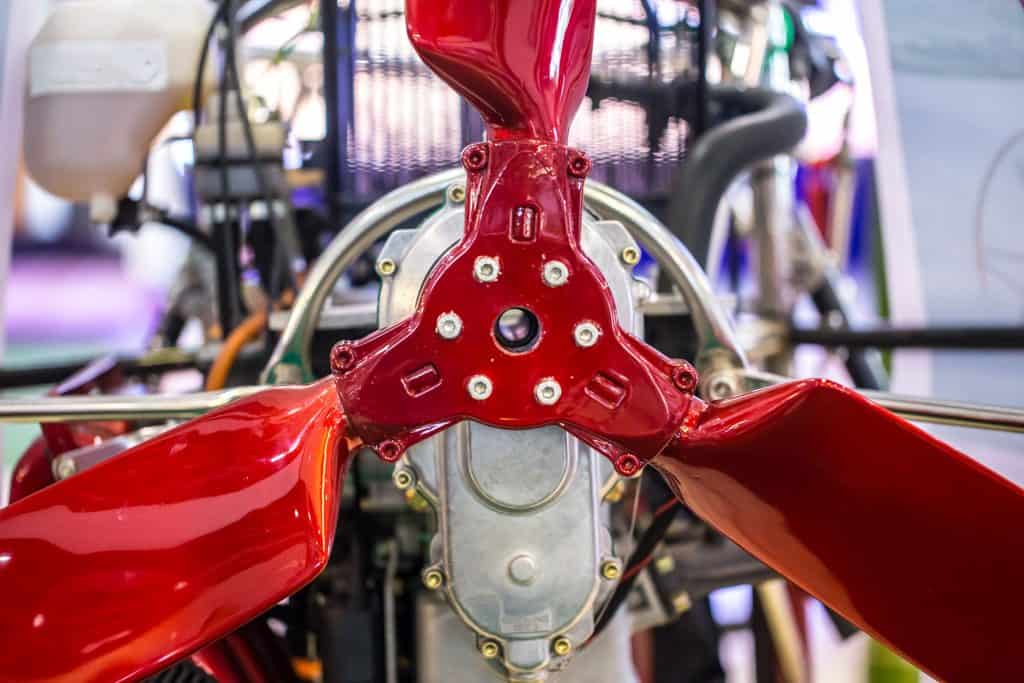
Paramotoring is an awesome sport to get into. If it’s your first time, the ups and downs and ins and outs of paramotoring may be a bit confusing; which is why I’ve broken it down and made it as simple as possible to get started.
What are the most important things needed to get started paramotoring? Below is a list of some startup items/skills/knowledge needed for paramotoring:
- Trainer/Training (Where’s the Best School?)
- Flight Type (Cross Country, Acro, Thermalling, etc.)
- A motor according to weight- Heavy: Max 200lbs Light: Max 175 lbs
- Wings- EN-A Certified
- Protective gear
- Gadgets/Apps to aid flight (hour meter)
While these are all the necessary first steps for paramotoring setup, there are certain motors and certain wings that should be used for each type of flight you are going to take part in.
Training/Trainer
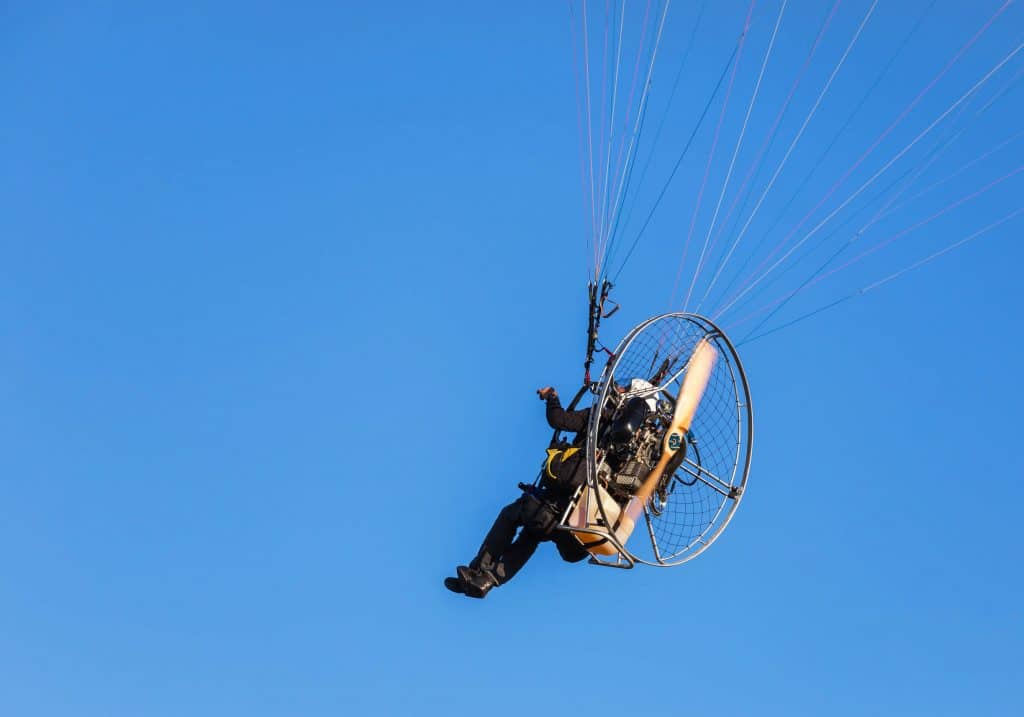
Getting proper training is one of the first steps to getting started as a paramotor pilot. Even if you don’t go to an official flight school, you still need to learn somehow.
There are over 100 paramotor trainers in the US alone according to the USPPA website for paramotoring. All you have to do is type in your state and the names will come up.
Here are some quick links if you don’t want to go searching on the USPPA website:
USA Flight Schools
- Aviator PPG– Florida
- Team Fly Halo- California
- Colorado Powered Paragliding- Colorado
- Utah Powered Paragliding– Utah
- Austin Paramotor– Texas
- Discover PPG– Illinois
- Liberty PPG– New Jersey
- UFO Paramotors- Alabama
UK Flight Schools
- Ufly4fun– Norfolk & S. Lincolnshire
- Foot Flight Paramotors- Essex
- Aerosports– Ireland
- Cloudbusters– Scotland
- CM Paramotors– Leicester
- Skyschool UK– Wiltshire
These are some of the most known and to create an exhaustive list would take up almost the whole page.
Take the time to look into these schools and what they offer. Schools teach paramotoring in different ways and it’s important to get the right fit for you. I would go so far as to say that the right paramotor trainer is worth a longer commute time.
Think about it this way, you will be flying in the air, don’t you want your teacher to be someone who will prepare you correctly? In anything I’m learning, my mentor/teacher has to be a person of good quality and very knowledgeable. It’s not being biased, it’s just good sense.
You need an expert, don’t just settle for the most convenient choice.
What Type of Flying Interests You?
Before even thinking about paramotoring, you need to choose what kind of flying you want to do. Do you want to fly competitively? Do you want to fly for leisure?
Even if you aren’t super worried about the type of flying you’re going to do, being well-read on your options will help you make better choices when choosing your equipment.
You might think that it’s really not that important to know what type of flight you’re interested in, but knowing your goals will help the process go much smoother.
Cross country
A cross country flight is a steady flight which starts and ends in different places. You may be flying to a camping spot, meeting someone, or anything along those lines. It is generally a pretty low key type of flight.
Most likely, with this type of flight, you will not be going too fast or doing anything too crazy. Don’t get me wrong, it’s not boring at all and can be very relaxing, but it’s not your only option.
Acro
Acro flying is for those who like to do loops, twists, and turns. It’s much more of a thrill and a lot more dangerous. It’s definitely worth learning how to fly like acro.
However, this type of flight is not for the faint of heart. It’s possible to fly like this, but you have to have the right experience and equipment to do it.
Thermalling
By definition, a thermal is a column of rising air in the lower altitudes of earth’s atmosphere; an atmospheric updraft.
Thermals are created by the uneven heating of the Earth’s surface from solar radiation. Now that you know what a thermal is, I bet you can guess what thermalling is?
Yup! You are basically using those updrafts to create a thrilling and dangerous ride for yourself. Awesome huh? This type of flight is for those who are more experienced in paramotoring. It is very dangerous but very fun!
As a beginner, you probably won’t be doing much of this because of how unsafe it can be, but it’s good to know your options. I would even suggest that you talk to your trainer about this and what you can do to prepare now to fly in thermals.
Low level
Low-level flying is exactly what it sounds like. It is a flight which is closer to the ground. This kind of flying is dangerous in areas with a lot of trees and obstacles.
If you’re in a more open area you don’t have to worry about low-level obstacles. You’ll probably start out with low-level at the beginning just because it might take you a while to get off the ground and into a flight. In the right places, it’s usually pretty safe.
Pylon racing
This is a type of flying is a race- as the video below will tell. You would need to be more experienced to do pylon racing, but it’s good to keep in mind whether you want to get into racing or not.
Depending on the type of race, pilots fly around pylons or go through an obstacle course in the air and on the ground. The competition varies, and injury is obviously higher, but it’s worth a try to get into this adventure.
Now that you have a better idea on the wide variety of flying options, the paramotoring world has just opened up a little wider hasn’t it?
Choosing The Most Suitable Motor
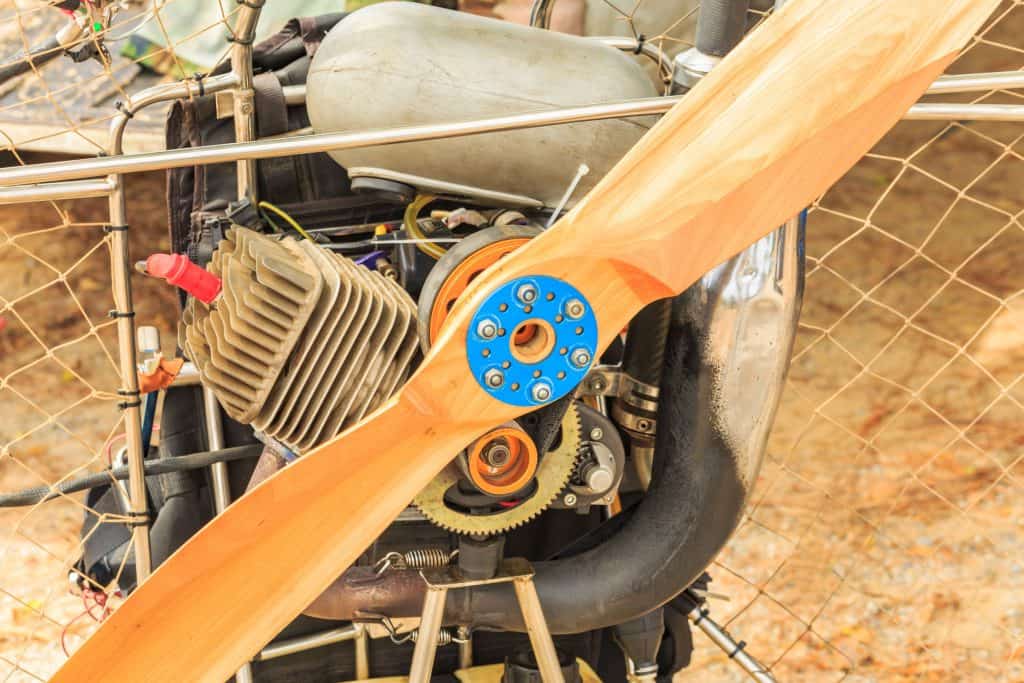
Your weight plays into what type of motor you should use as a beginner. If you are light, you need a motor with less power. If you are heavier, you’ll be better off using a motor which has a bit more power.
Choosing the most suitable motor is more important than you might think. You don’t want to injure yourself because you made a poor motor choice. Paramotoring is an extreme sport, so your safety is absolutely important.
Engine Choices According to Pilot Weight
| Pilot Weight | Engine | Est. Weight Capacity |
| Light Pilots | -Miniplane TOP 80 -Nitro 200 | 175-80 lbs |
| Heavier PIlots | -EOS 100 | 190 lbs or more |
| Both Pilot Types | -Vitorazzi Moster 185 -Minari F1 -Simonini Mini 2 | 175-190 lbs or more |
Different motors have thrust capacities suited for certain activities and pilot weights. It’s important to pick your motor according to your weight and what kind of flying you are doing.
Something to consider is your ability to carry weight on your back. The greater the thrust capacity, the heavier the motor. This isn’t always the case, but when you start out this applies.
Depending on what your trainer suggests, you may start out with a heavier motor just to build up strength. In some cases, trainers get you the right weight/thrust specifications to your weight.
The best thing to do when choosing your motor is to consult your trainer. They are experts and have been in their field of work usually for a very long time. Consulting the internet isn’t going to hurt you if you get a second opinion and talk to your trainer. There are a lot of crazies out there.
Get Yourself a Nice Wing!
There are many different wings to choose from. The most commonly used beginner wing is the Ozone Mojo PWR.
All of these wings are built with beginner’s in mind and are extremely safe. You probably won’t be able to go really crazy with these wings, but at the beginning, you won’t need to.
Beginner wings (or any wings for that matter) should be EN-A certified. This just means that the wing has gone through the necessary flight tests to ensure it will bring you a safe journey in the sky.
Not all wings are EN-A certified. It’s not that the uncertified wings are all unsafe, it’s just that you have a higher chance of it being so because it hasn’t been properly tested.
A few beginner wings and their prices:
- Ozone Mojo PWR-$3,299
- Dudek Nemo XX- $2,800.00
- GinGliders Pegasus 2- $3,500.00
- THE SPARK– $2,950.00
As with choosing an engine, wings need to be able to handle the weight of you and the engine. Your trainer is a good person to ask about wings and weight limit. Most wings will be just find and you don’t need to worry as much about it.
However, if you are curious, it is probable that your trainer has the information regarding whether there’s a wing that cannot support your weight. You probably won’t run into that problem though.
Note: No matter how experienced you are, beginner wings are the best with thermalling. They are safer and will not get out of control as an advanced wing might. Advanced wings can get out of control before you know it.
Equipment, Apps, Gadgets to Help Make Flight and Paramotor Maintenence A Breeze
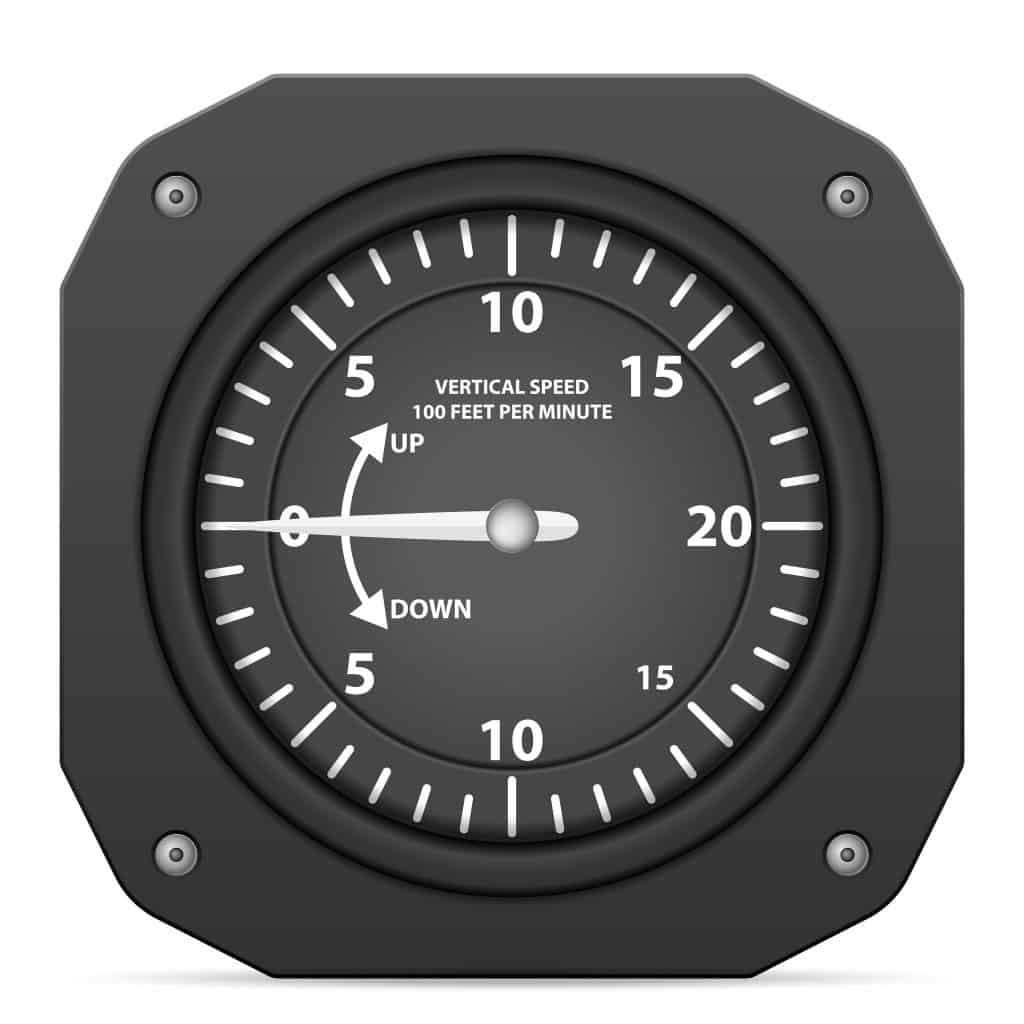
Every day the paramotor world is advancing its technology to make flight easier for you. There are apps and gadgets to help keep track of mileage, speed, flight time, etc.
When flying a paramotor, these details are important for maintenance, competition, safety, and so on. For your flight experience, there are certain pieces of equipment which will come in handy in case of an emergency or other situations.
I’ve laid out any extra equipment that would be needed for that specific flight. Some are similar while others need alternate special equipment.
Here is the kind of equipment used for just about all paramotoring:
- Flight Tracking instruments (Weather App, PP GPS APP (specially made for paramotor pilots), FlySkyHigh App, Airspace App, etc.)
- Reserve Parachute
- Radio Headset (if you’re in a group or have friends on the ground)
- Paramotoring Gloves
- Boots
- Sunglasses
- Sunscreen
- Hook Knife
- Tree rescue Kit (SPOT or Garmin InReach)
*Note: This equipment isn’t all necessary, but many of them are nice to have in an emergency situation or to make your flight more enjoyable.
For the less obvious equipment I’ve given an explanation for the purpose and some good options for each piece of equipment.
Flight Tracking Instruments
Tracking flight patterns is not a new thing for pilots. Technology and machine advancements have created apps and equipment which make flying easier. These advancements help pilots gain better airtime, measure flight descent and rate of climb, and conserve fuel more efficiently.
There are some awesome apps and equipment out there. I’ve listed the most important ones you should have. Hopefully, I didn’t miss any, although I’m pretty sure I got it all.
Variometer
A variometer is a device used for indicating an aircraft’s rate of climb or descent. It is also handy for tracking whether a flight is level or not. This is especially useful for acro or thermalling as the pilot has to turn and maneuver quite often.
“In powered flight, the pilot makes frequent use of the VSI to ascertain that level flight is being maintained, especially during turning maneuvers. In gliding, the instrument is used almost continuously during normal flight, often with an audible output, to inform the pilot of rising or sinking air.”
Wikipedia Definition
Hour Meter
An hour meter is used to track your flight time. For maintenance purposes, it is useful to have special equipment to track your flight rather than monitoring it yourself. Most Paramotors need maintenance after about every 20-25 hours of flight.
An hour meter makes this process tens times easier. It’s a huge nuisance to have to keep track of flight hours over a long period of time. I mean, for me, I just want to fly without it becoming a chore.
Weather App
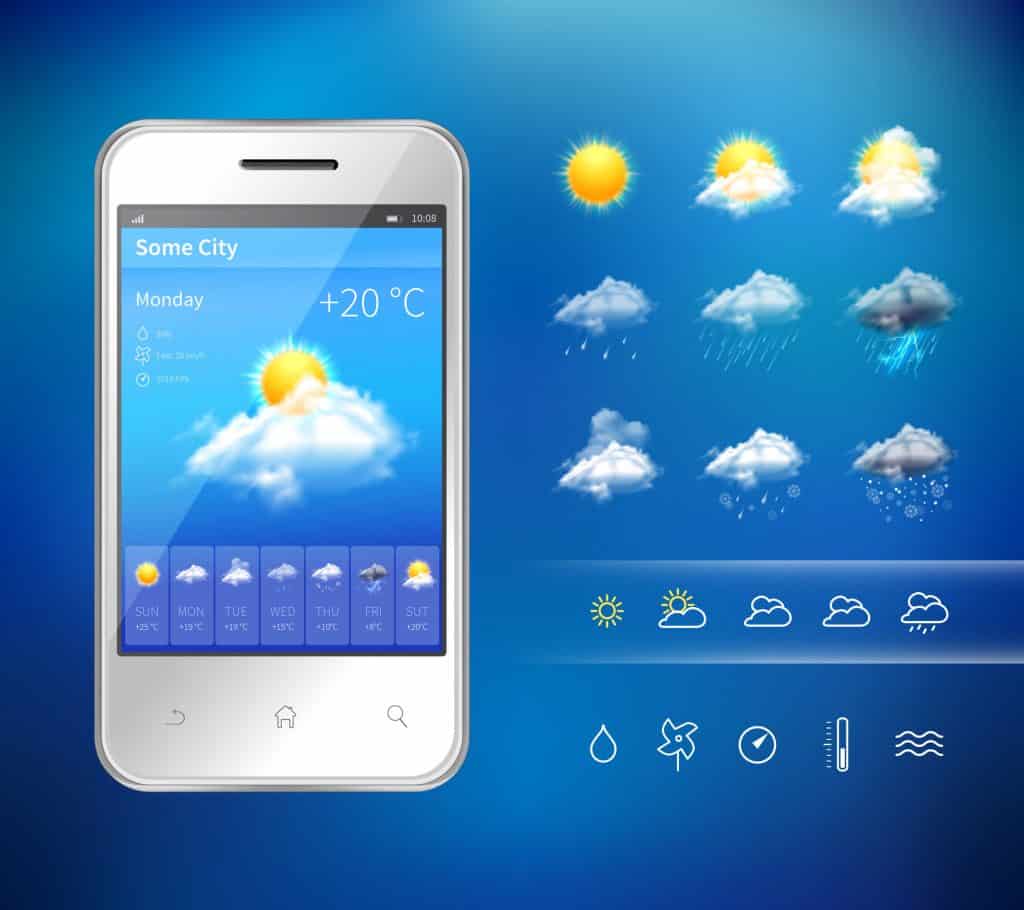
Apps such as windfinder/windy apps help with finding weather patterns suitable for flight. Be careful what app you use because they aren’t always accurate.
These apps are nice because you’ll know the best places to fly and what the weather will be for the whole day. You might say to yourself, I could just look it up online. Yes, you could do that, but the weather isn’t always accurate online.
Having a weather app tracks the current weather patterns so it’s going to be a lot more accurate. Real-time is always better. That’s all I have to say.
PPGpS APP
This app is specially made for paragliding/paramotor pilots. It has some great features and would be a great addition to your gear.
It’s always nice to have equipment that will track flight information so you can fully enjoy your flight. This app accomplishes that very well.
Here are some of the main features of the app:
- Real-time flight info.
- Wind direction/speed estimation
- Fuel calculation/warning
- Airspace display
- Emergency geo-localized SMS
- Online and Offline Maps
- Waypoint management
- Variometer
- Sunset time
- Android Wear SmartWatch support with PPGpS
PPGpS covers features what most apps don’t. It’s a great app, but it’s not the only one, so don’t think that you have to use this app.
Note: Remember that GPS apps drain your battery life quickly. It’s better to take measures to prevent that from happening.
FlySkyHy App
FlySkyHy app is the app I’d recommend. I’ve reviewed all the other paramotoring apps and they do a good job, but this one covers the more needed ground for flight safety and tracking.
Here are some of the main features of this app:
- Moving and Rotating map
- Current flying position
- Altitude, climb rate, ground speed, and glide angle data are all available.
- Calculates and displays wind direction and strength.
- Connects through Bluetooth with your iPhone
- Makes a full log of your flight which is available after flying if you’d like to review it.
- All the regular takeoff and landing data
- Flight location available to friends if you’re flying in a group
- In-app purchases to view airspaces and waypoints.
Airspace App (RunwayHD)
Runway HD monitors your airspace so you stay safe and don’t get into any trouble with anyone. Why? If you are unfamiliar with what airspace is, now is the time to become familiar.
Anyone who flies a paramotor needs to keep track of where in the sky they are flying, and how high they are going.
There are different classes for airspace. Paramotors can only legally fly in two certain classes (in the US). They can only fly in Class E and G areas. That’s why tracking your airspace while you’re flying is important.
Airspace also changes around areas with bigger aircraft like airplanes or military planes.
“Class G Airspace is what is referred to as “completely uncontrolled” airspace. It is the airspace that ranges from ground level to 1,200 feet up. Class E is the layer of airspace above Class G and covers from 1,200 feet above the ground up to 18,000 feet above sea level.”
OutdoorTroop.com
Reserve Parachute
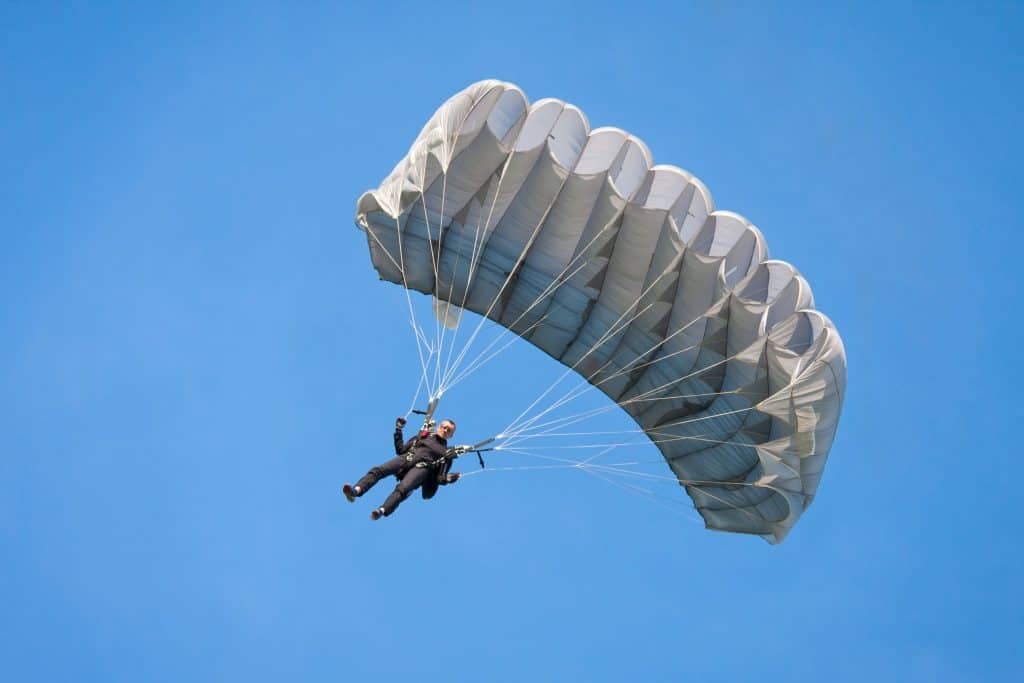
It’s always a good idea to have a reserve parachute in your flight arsenal if ever you were to run into a problem. Even though paramotoring is one of the safest forms of flight, it can’t hurt to be cautious.
There are a few styles of parachutes:
- Pulled Down APEX (PDA)- This chute is affordable and the most traditional chute. The downside of this chute is that it’s bulky and can’t be steered.
- Cruciform– Again, you can’t steer this one, but it’s smaller and opens quickly. The safe space for this chute needs to be larger.
- Square Round- this chute is much more expensive than the previous two, but it is like a combination of the Cruciform and the PDA. You can’t steer it, but it’s small, light, fast opening, and keeps a pretty steady speed.
Whatever type you choose to get, just be sure you trust the manufacturer and check your sources for experts advice and opinions. Being prepared is just as important as being prepared with the right type of equipment.
You don’t want to be up in the air with a poorly manufactured parachute. This is your life we’re talking about, get something good to save/protect it if the situation should arise.
Radio Headset
You might wonder what the purpose of a headset is in paramotoring. Paramotor pilots need a headset for when they are flying with their friends or to communicate with their instructors.
A lot of flight schools will have their own set so that you don’t have to buy one. However, if you plan on flying with your buddies, it’s a good investment to make for in-flight communication.
Note: There are radios which require a license to operate.
If the price is a worry for you, you can always purchase walkie talkies instead of the full headset/gear. I personally will sacrifice my wallet for something of a higher quality and I’d get the whole shebang, but you do what you think is best.
Look at these options to give you an idea of what you want or can afford:
- Paramotor Helmet Wireless with Noise Canceling Bluetooth Communication and Music Sena
- MLTS Real Carbon Material Paramotor Helmet Noise Cancel 3M Headset
- Arcshell Rechargeable Long Range Two-Way Radios
I’m sure there are a lot more options out there, but this is just to give you an idea of what you can buy. It is by no means absolutely necessary,
Paramotoring Gloves
This is a no brainer, but you’d be surprised how many people don’t think about it. Just like with any motorsport, gloves are a must. They give you protection from the cold weather. Even if flying in the winter is something you think you won’t be doing now, you should still buy some.
Once you get into paramotoring, you’ll take every chance you get to fly. Winter flying is a pretty common practice among paramotor pilots. They just can’t get enough of being in the air.
You really only need something that will keep your hands warm in the chilly weather and/or provide protection. Amazon has a great pair that are actually heated which is awesome!
Click here for a pair of Savior Heated Gloves with Rechargeable Li-ion Battery.
Tree Rescue Kit
Aside from a parachute, you need a tree rescue kit. This kit will contain everything you need to get out of a tree in case you get caught in one.
You may not always have other people around when you are flying. If you go for a solo flight and get caught somewhere, it’s good to have emergency equipment.
These items can range from things that will help others know your situation, to items which can help you rescue yourself.
Here items you could include in your kit.
- Radio (to get help)
- Whistle (get attention in case there are people around)
- Flashlight (it could be dark before you get to the ground)
- 6mm Perlon line (Size may vary according to pilot weight)
- A rappel device
- Safety loops made of Kevlar: 10″, 4′, 6′ and 10′
- Carabiners (ones that lock)
- Water
- Small Blanket
- Small Fishing Kit
- Painkillers
- Small headlamp
- Extra Small First Aid Kit
You can also purchase a pre-made kit. Here are a few of my own equipment choices and kits that will do the trick if you ever were to find yourself in a sticky situation.

